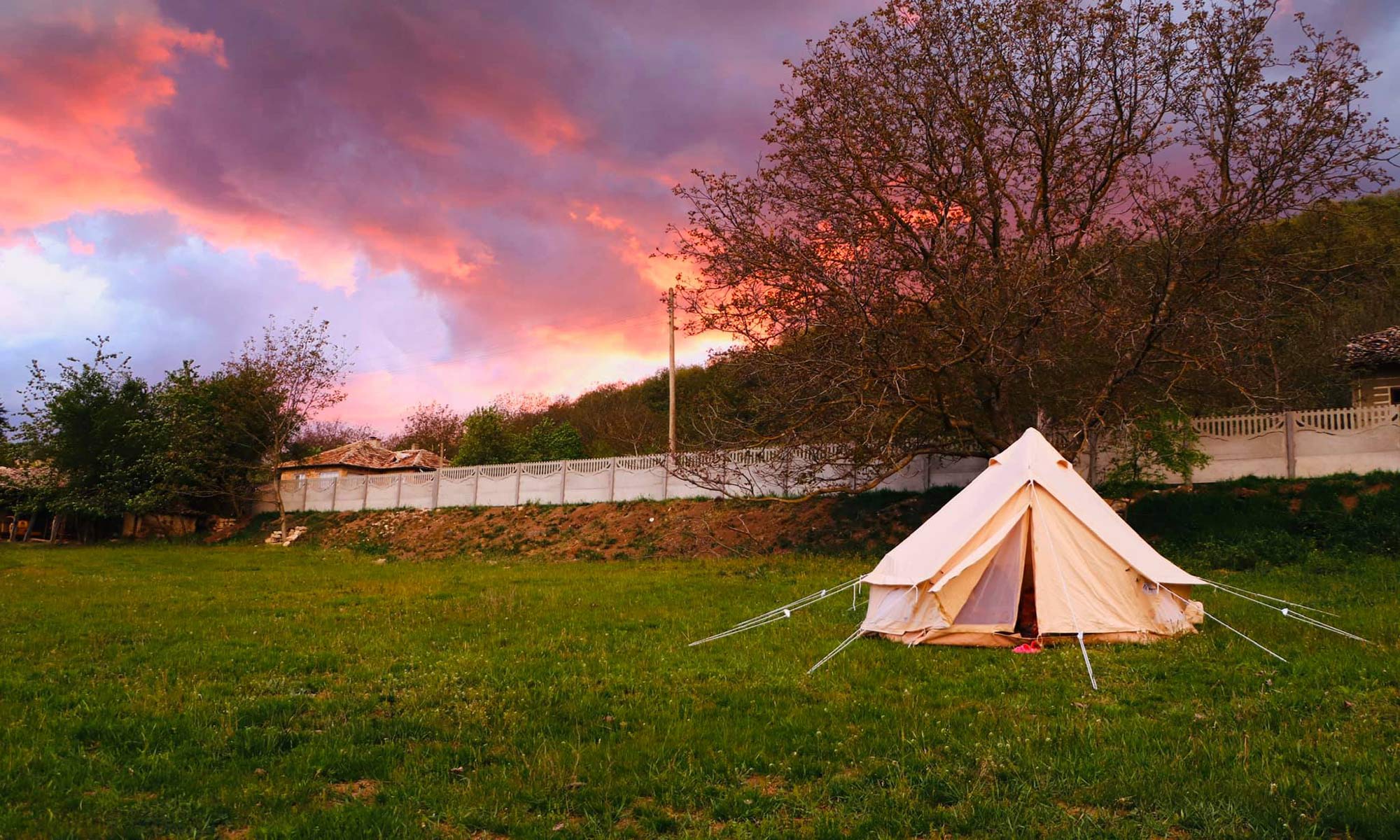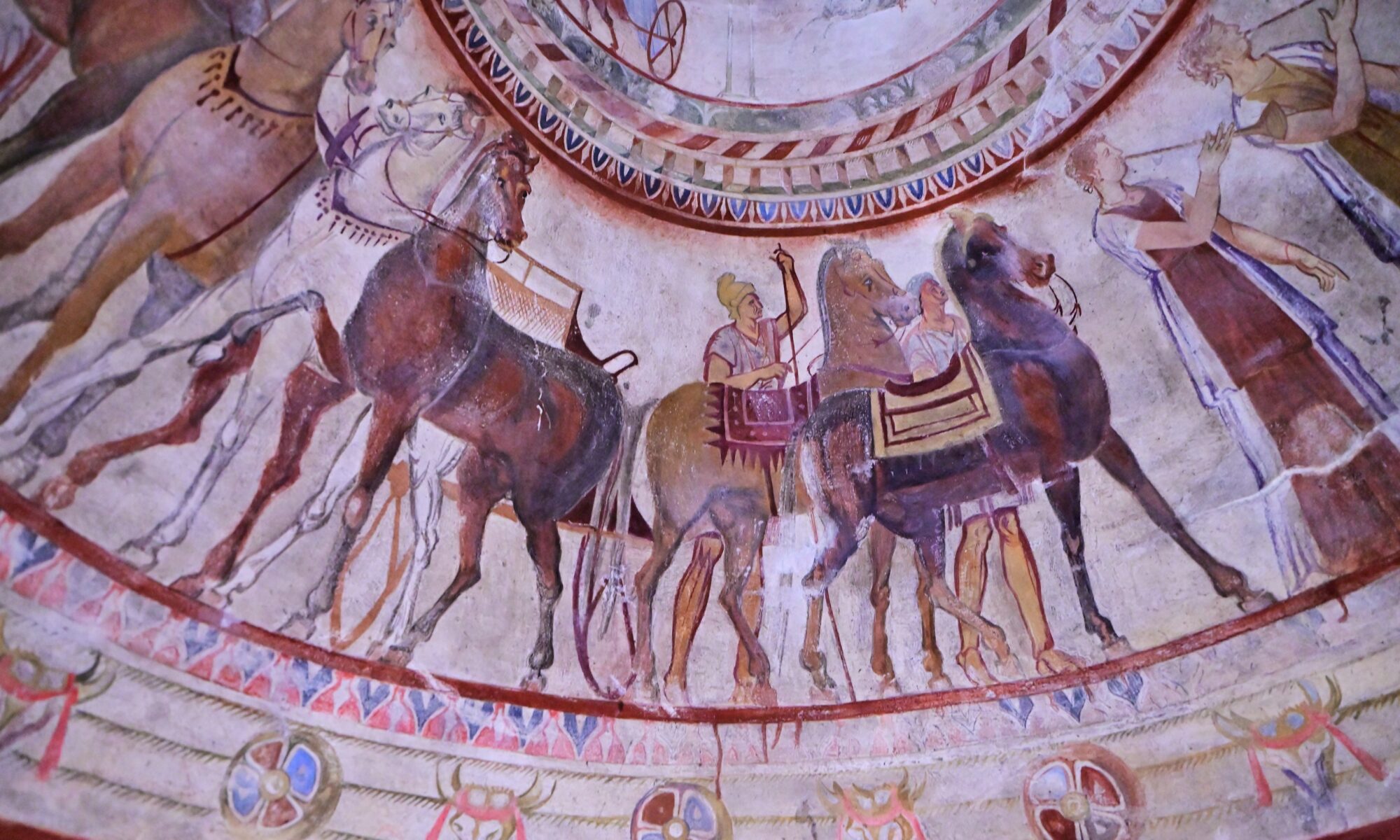Tucked between the Balkan Mountains and the Sredna Gora range in central Bulgaria lies the Valley of the Thracian Kings — one of the most significant archaeological and historical regions in Southeast Europe. This valley, centered around the modern-day town of Kazanlak, was once the heart of the ancient Thracian civilization, a powerful and mysterious culture that flourished in the region from the 5th century BCE until its eventual assimilation by the Roman Empire.
The Thracians, known from Greek and Roman accounts as fierce warriors, skilled horsemen, and master metalworkers, left behind an extraordinary legacy of tombs, treasures, and artifacts in this fertile valley. Over 1,500 burial mounds — or tumuli — have been identified in the area, with dozens already excavated. These tombs served as final resting places for Thracian royalty and nobility, often accompanied by gold, weapons, pottery, and even sacrificed horses.
One of the most famous sites in the valley is the Thracian Tomb of Kazanlak, a UNESCO World Heritage Site discovered in 1944. Dating back to the 4th century BCE, the tomb is celebrated for its exquisite murals — some of the best-preserved examples of Hellenistic art in the Balkans. The vibrant frescoes depict scenes of a Thracian funeral feast and offer rare insights into the culture’s beliefs surrounding death and the afterlife. Due to preservation concerns, visitors are now shown a precise replica located nearby.
Another remarkable site is the Svetitsa Tomb, where archaeologists unearthed a solid gold mask believed to belong to a Thracian king, often referred to as the “Thracian Agamemnon.” This discovery, along with other treasures such as intricately designed gold wreaths, silver vessels, and bronze armor, attests to the wealth and sophistication of Thracian society.
The Golyama Kosmatka Tomb, found in 2004, is believed to be the burial place of the powerful Thracian ruler Seuthes III. His bronze head, sculpted with lifelike detail, is considered one of the finest examples of Thracian portraiture. The tomb itself is monumental, with an elaborate entrance, a long corridor, and a domed chamber that mirrors the architectural style seen in Mycenaean and Macedonian tombs.
Beyond their archaeological value, these sites offer a glimpse into a culture that significantly influenced the ancient world but left no written records of its own. The Thracians were skilled in diplomacy and warfare, often interacting with the Greeks, Persians, and later the Romans, yet their language and many customs remain largely undeciphered.
Today, the Valley of the Thracian Kings stands not only as a testament to Bulgaria’s ancient past but also as a major attraction for history enthusiasts and tourists. Annual festivals, museum exhibitions, and ongoing excavations continue to shed light on this enigmatic civilization.
In essence, the valley is more than a burial ground — it is a vast open-air museum chronicling the grandeur and mystery of the Thracians, one of Europe’s oldest and most fascinating peoples.


